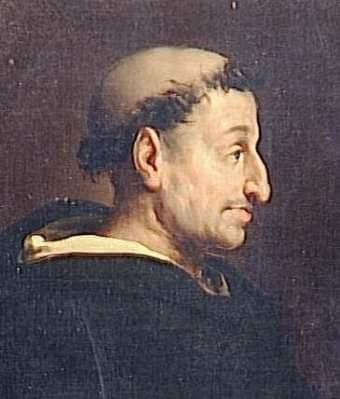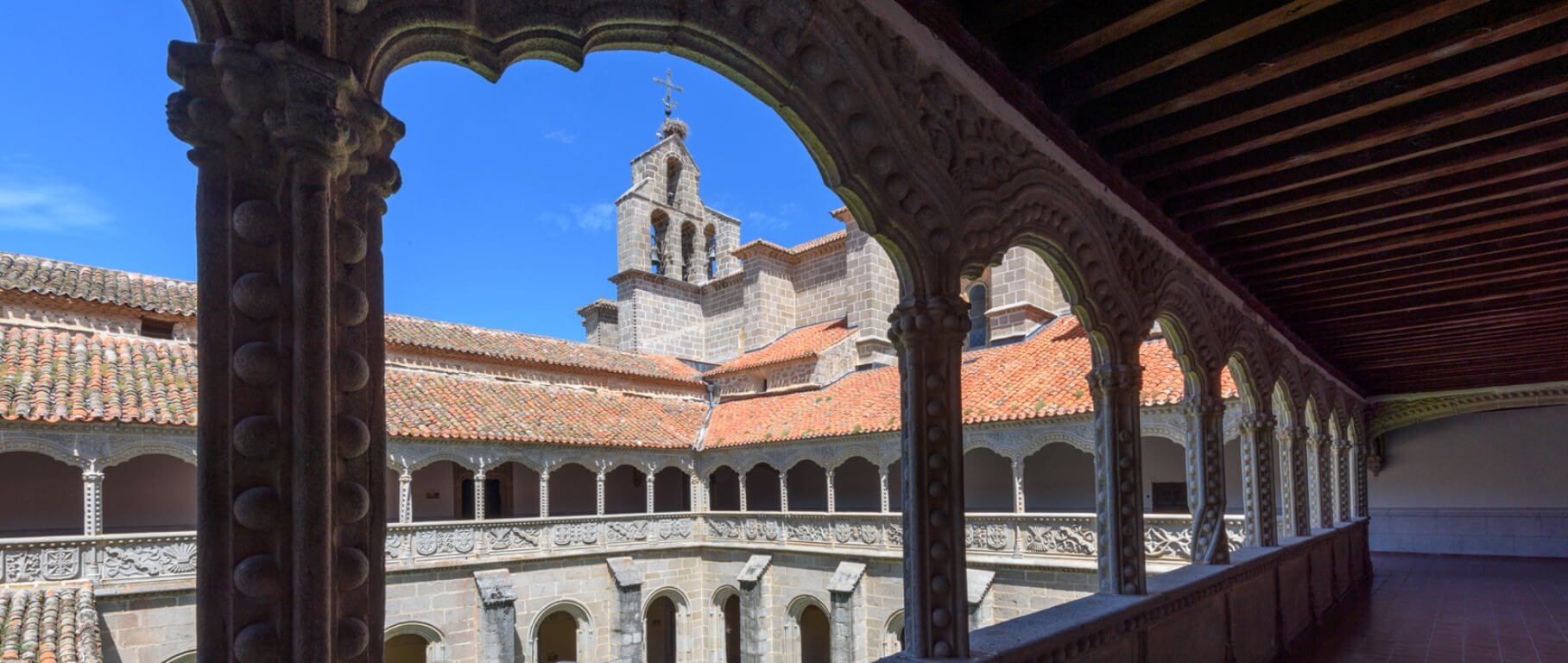
The figure of this Dominican monk is somewhat controversial, since he was Inquisitor General of the kingdoms of Castile and Aragón and, as such, was responsible for the radical repression of the ethnic minorities that lived in mediaeval Spain. As a result, he has been characterised as part of the country’s dark history. His work was undoubtedly traumatic, but it was more the effect it had on the rest of the country’s history than the actual extent of what he did. Recent studies show that the killings were not so widespread as in other countries in much shorter periods.
The few biographical details that are known about this person come from much later treaties and are possibly void of any rigour. He was born and grew up in Valladolid, where he joined the Dominican Order as a monk. He was prematurely appointed Prior of the Convent of Santa Cruz in Segovia. As one of those coincidences that change a person’s life, the teenage Isabella lived in said town at the time, which was also the location of the Royal Court. And Torquemada became the confessor of the kingdom’s treasurer. This meant that, when the young girl was crowned Queen, she recruited the monk as one of her personal confessors and appointed him as Inquisitor General of Castile and León.
The creation of the Inquisition implied much more than the mere persecution of those who secretly professed their old beliefs: indeed, the aim was to strengthen the Catholic religion as the foundations of the union between the kingdoms of Castile and Aragón. The marriage of the Catholic Monarchs was not sufficient to remove the differences between both lands, but a shared religion was. The aim was to extol the figure of the old Christian over the converted Jew, finding a common enemy for the people of both Castile and Aragón. Consequently, the origin was not to pursue the Muslims or the Jews, but rather those who had professed said religions, had been converted but actually continued to profess their former beliefs in secret.
His association with Ávila was intense and he frequently spent time in the town, including the last five years of his life, when he lived and died in the Monastery of Santo Tomás. He was the protector of this monastery and decisive for the completion of the building work, putting up one and a half million maravedis with Doña María Dávila. His intercession was also possibly fundamental for the monarchs to also assume part of the costs.
His mark can be seen in the monastery, since he also commissioned the famous sculptor Pedro de Berruguete with the main altarpiece in the church. It contained the panel titled Auto-da-Fé presided by St Domingo de Guzmán, which is today on exhibition in a Madrid art gallery. With this painting, Torquemada try to show some of the many processes he had presided as Inquisitor General.
There are other places in the town associated with Torquemada, such as the Church of San Pedro. On the outside of the atrium, facing the modern-day plaza, a stage was built to judge those who were accused by the Inquisition. And, thanks to his privileged position, he often visited the Cathedral, the Bishop’s Palace and the mansions of the most powerful members of the nobility.
However, his footprints cannot be found in the darker almost hidden streets in the town as some kind of evil and wicked being; he was appointed Inquisitor and simply carried out his duties to the letter. Indeed, the most reprehensible aspect of Torquemada is that he was very effective in the accomplishment of his mission.














